Montage Of Neptune And Triton By NASA On The Commons

Montage of Neptune and Triton by NASA on The Commons
More Posts from Sergioballester-blog and Others
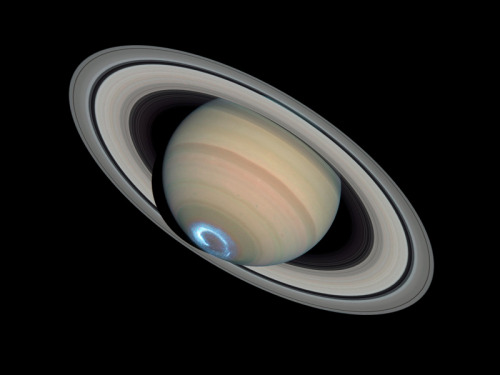
Saturn Aurora.
Credit: NASA, ESA, J Clarke and Z Levay
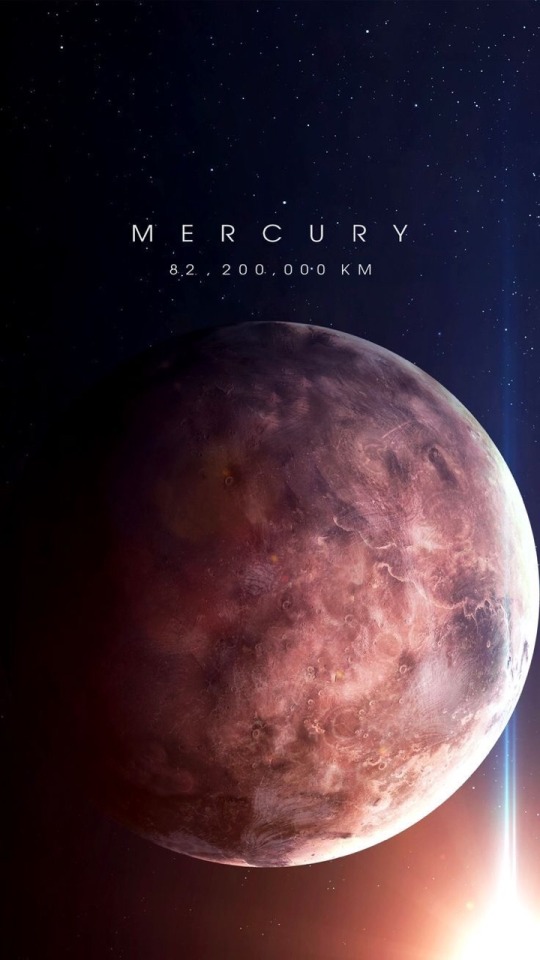
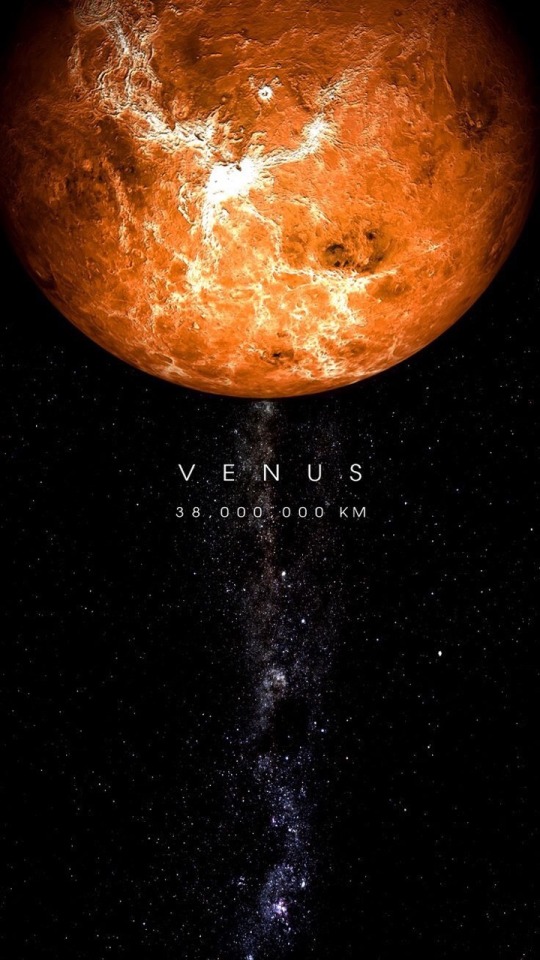
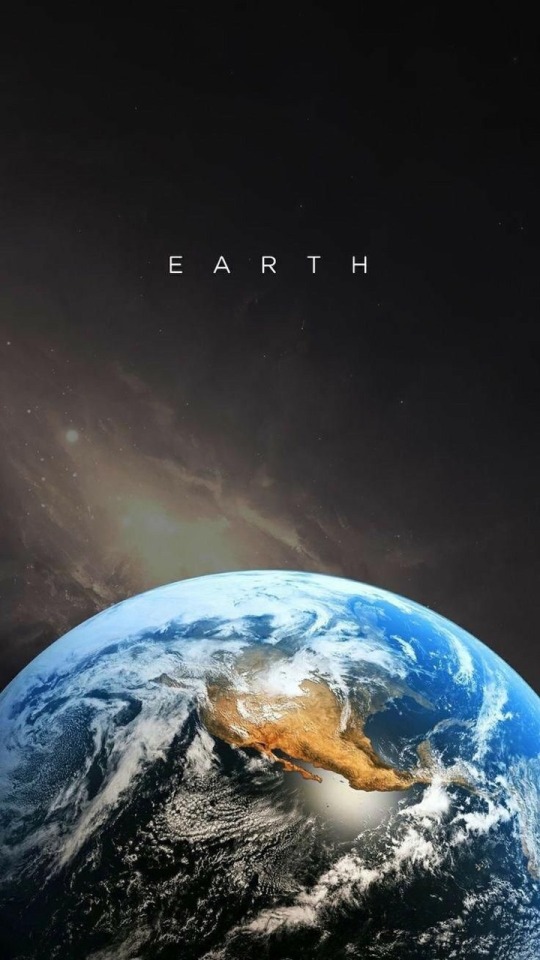
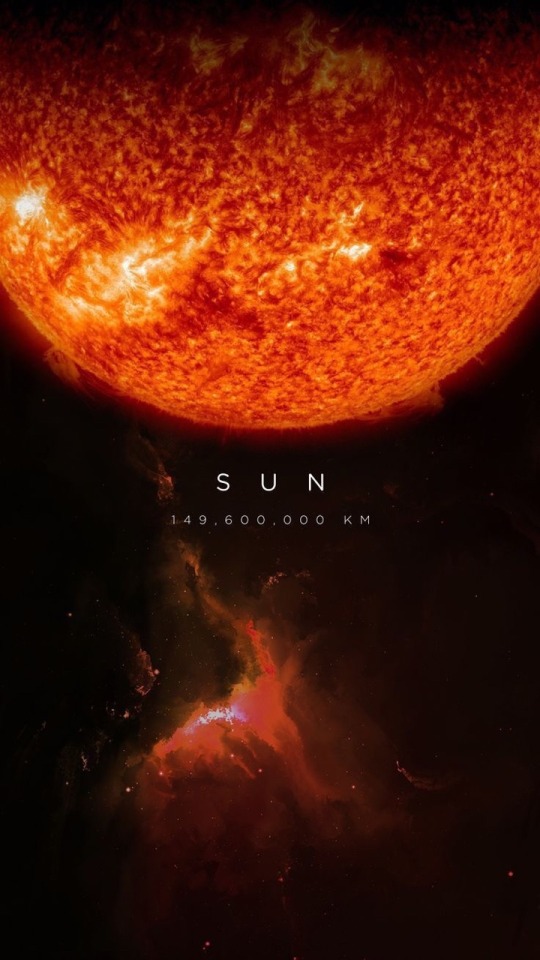
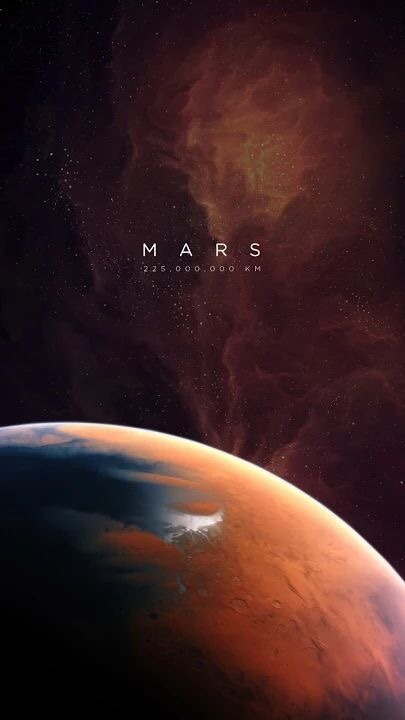
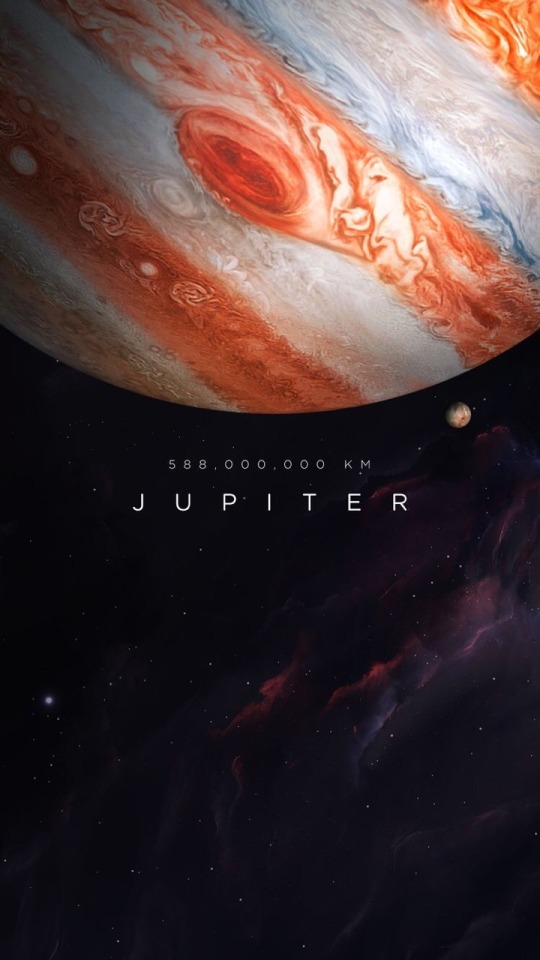
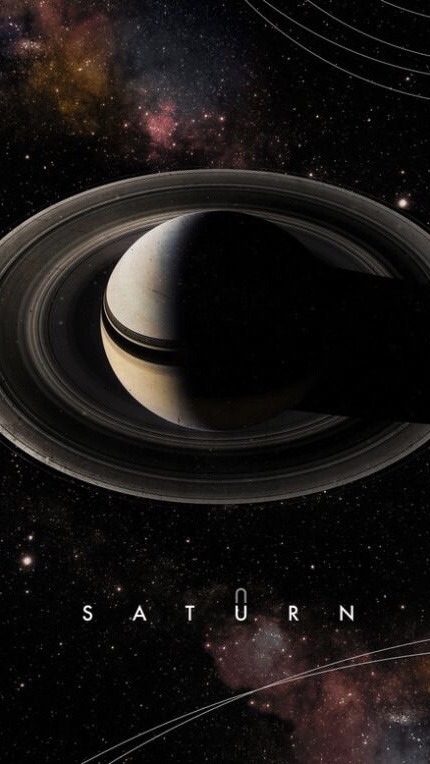
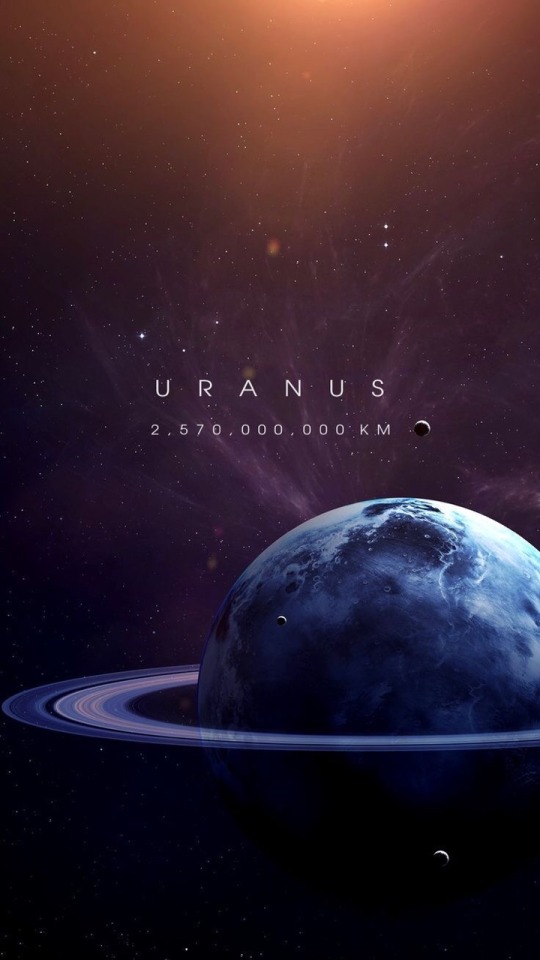
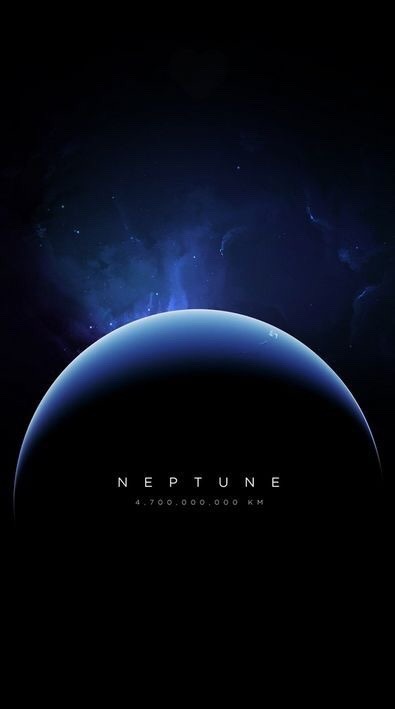
Solar System
•please like or reblog if you use
![Voyager 1 Approaching Jupiter In 1979. [Reddit/spacegifs]](https://64.media.tumblr.com/57003d3715c75582218ee1b20aeb6a70/tumblr_p21webfuy81s04h2ho1_400.gif)
Voyager 1 approaching Jupiter in 1979. [Reddit/spacegifs]

Image of Saturn taken by Cassini spacecraft in October 28, 2016.
Credit: NASA/JPL

Juno: Movie of clouds on Jupiter, taken with the JIRAM infrared camera.
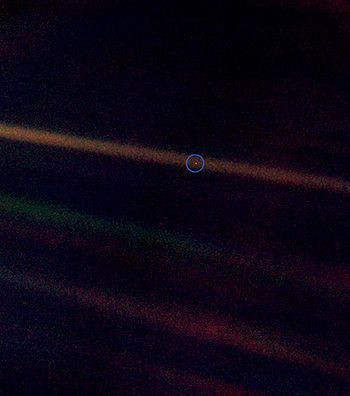
The Pale Blue Dot
The “Pale Blue Dot” is a photograph of planet Earth taken in 1990 by Voyager 1 from a record distance, showing it against the vastness of space.
By request of Carl Sagan, NASA commanded the Voyager 1 spacecraft, having completed its primary mission and now leaving the Solar System, to turn its camera around and to take a photograph of Earth across a great expanse of space. Reflecting on this picture (now considered one of the most important pictures in all of human history) Carl Sagan said:
“From this distant vantage point, the Earth might not seem of particular interest. But for us, it’s different. Consider again that dot. That’s here, that’s home, that’s us. On it everyone you love, everyone you know, everyone you ever heard of, every human being who ever was, lived out their lives. The aggregate of our joy and suffering, thousands of confident religions, ideologies, and economic doctrines, every hunter and forager, every hero and coward, every creator and destroyer of civilization, every king and peasant, every young couple in love, every mother and father, hopeful child, inventor and explorer, every teacher of morals, every corrupt politician, every “superstar,” every “supreme leader,” every saint and sinner in the history of our species lived there – on a mote of dust suspended in a sunbeam.
The Earth is a very small stage in a vast cosmic arena. Think of the rivers of blood spilled by all those generals and emperors so that, in glory and triumph, they could become the momentary masters of a fraction of a dot. Think of the endless cruelties visited by the inhabitants of one corner of this pixel on the scarcely distinguishable inhabitants of some other corner, how frequent their misunderstandings, how eager they are to kill one another, how fervent their hatreds.
Our posturings, our imagined self-importance, the delusion that we have some privileged position in the Universe, are challenged by this point of pale light. Our planet is a lonely speck in the enveloping cosmic dark. In our obscurity, in all this vastness, there is no hint that help will come from elsewhere to save us from ourselves.
The Earth is the only world known so far to harbor life. There is nowhere else, at least in the near future, to which our species could migrate. Visit, yes. Settle, not yet. Like it or not, for the moment the Earth is where we make our stand.
It has been said that astronomy is a humbling and character-building experience. There is perhaps no better demonstration of the folly of human conceits than this distant image of our tiny world. To me, it underscores our responsibility to deal more kindly with one another, and to preserve and cherish the pale blue dot, the only home we’ve ever known.”
September 15
This one is technically not yet history, because at the time of posting, the little craft has about half an hour left to go. That said, let’s proceed.
In 2017, NASA’s Cassini space probe ended its twenty-year mission at Saturn. After a nearly-seven-year-long journey there, it orbited the ringed planet for 13 years and just over two months, gathering copious amounts of information about the planet, said rings, and many of its moons. It landed an ESA probe called Huygens on Titan, the first-ever soft landing in the outer Solar System. It discovered lakes, seas, and rivers of methane on Titan, geysers of water erupting from Enceladus (and passed within 50 miles of that moon’s surface), and found gigantic, raging hurricanes at both of Saturn’s poles.
And the images it returned are beautiful enough to make you weep.
On this day in 2017, with the fuel for Cassini’s directional thrusters running low, the probe was de-orbited into the Saturnian atmosphere to prevent any possibility of any contamination of possible biotic environments on Titan or Enceladus. The remaining thruster fuel was used to keep the radio dish pointed towards Earth so the probe could transmit information about the upper atmosphere of Saturn while it was burning up due to atmospheric friction.
This is us at our best. We spent no small amount of money on a nuclear-powered robot, launched it into space, sent it a billion miles away, and worked with it for two decades just to learn about another planet. And when the repeatedly-extended missions were through, we made the little craft sacrifice itself like a samurai, performing its duty as long as it could while it became a shooting star in the Saturnian sky.

Rhea occulting Saturn

Water geysers on Enceladus

Strange Iapetus

Look at this gorgeousness

A gigantic motherfucking storm in Saturn’s northern hemisphere

Tethys

This image is from the surface of a moon of a planet at least 746 million miles away. Sweet lord

Mimas

Vertical structures in the rings. Holy shit

Titan and Dione occulting Saturn, rings visible

Little Daphnis making gravitational ripples in the rings

That’s here. That’s home. That’s all of us that ever lived.

Saturn, backlit

A polar vortex on the gas giant

Icy Enceladus
(All images from NASA/JPL)









Grand Jupiter
Cassini Spacecraft: Top Discoveries
Our Cassini spacecraft has been exploring Saturn, its stunning rings and its strange and beautiful moons for more than a decade.

Having expended almost every bit of the rocket propellant it carried to Saturn, operators are deliberately plunging Cassini into the planet to ensure Saturn’s moons will remain pristine for future exploration – in particular, the ice-covered, ocean-bearing moon Enceladus, but also Titan, with its intriguing pre-biotic chemistry.
Let’s take a look back at some of Cassini’s top discoveries:
Titan

Under its shroud of haze, Saturn’s planet-sized moon Titan hides dunes, mountains of water ice and rivers and seas of liquid methane. Of the hundreds of moons in our solar system, Titan is the only one with a dense atmosphere and large liquid reservoirs on its surface, making it in some ways more like a terrestrial planet.

Both Earth and Titan have nitrogen-dominated atmospheres – over 95% nitrogen in Titan’s case. However, unlike Earth, Titan has very little oxygen; the rest of the atmosphere is mostly methane and traced amounts of other gases, including ethane.

There are three large seas, all located close to the moon’s north pole, surrounded by numerous smaller lakes in the northern hemisphere. Just one large lake has been found in the southern hemisphere.
Enceladus

The moon Enceladus conceals a global ocean of salty liquid water beneath its icy surface. Some of that water even shoots out into space, creating an immense plume!

For decades, scientists didn’t know why Enceladus was the brightest world in the solar system, or how it related to Saturn’s E ring. Cassini found that both the fresh coating on its surface, and icy material in the E ring originate from vents connected to a global subsurface saltwater ocean that might host hydrothermal vents.

With its global ocean, unique chemistry and internal heat, Enceladus has become a promising lead in our search for worlds where life could exist.
Iapetus

Saturn’s two-toned moon Iapetus gets its odd coloring from reddish dust in its orbital path that is swept up and lands on the leading face of the moon.

The most unique, and perhaps most remarkable feature discovered on Iapetus in Cassini images is a topographic ridge that coincides almost exactly with the geographic equator. The physical origin of the ridge has yet to be explained…

It is not yet year whether the ridge is a mountain belt that has folded upward, or an extensional crack in the surface through which material from inside Iapetus erupted onto the surface and accumulated locally.
Saturn’s Rings

Saturn’s rings are made of countless particles of ice and dust, which Saturn’s moons push and tug, creating gaps and waves.

Scientists have never before studied the size, temperature, composition and distribution of Saturn’s rings from Saturn obit. Cassini has captured extraordinary ring-moon interactions, observed the lowest ring-temperature ever recorded at Saturn, discovered that the moon Enceladus is the source for Saturn’s E ring, and viewed the rings at equinox when sunlight strikes the rings edge-on, revealing never-before-seen ring features and details.
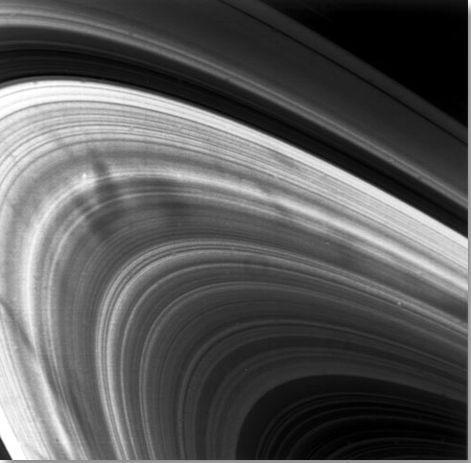
Cassini also studied features in Saturn’s rings called “spokes,” which can be longer than the diameter of Earth. Scientists think they’re made of thin icy particles that are lifted by an electrostatic charge and only last a few hours.
Auroras

The powerful magnetic field that permeates Saturn is strange because it lines up with the planet’s poles. But just like Earth’s field, it all creates shimmering auroras.

Auroras on Saturn occur in a process similar to Earth’s northern and southern lights. Particles from the solar wind are channeled by Saturn’s magnetic field toward the planet’s poles, where they interact with electrically charged gas (plasma) in the upper atmosphere and emit light.
Turbulent Atmosphere

Saturn’s turbulent atmosphere churns with immense storms and a striking, six-sided jet stream near its north pole.

Saturn’s north and south poles are also each beautifully (and violently) decorated by a colossal swirling storm. Cassini got an up-close look at the north polar storm and scientists found that the storm’s eye was about 50 times wider than an Earth hurricane’s eye.

Unlike the Earth hurricanes that are driven by warm ocean waters, Saturn’s polar vortexes aren’t actually hurricanes. They’re hurricane-like though, and even contain lightning. Cassini’s instruments have ‘heard’ lightning ever since entering Saturn orbit in 2004, in the form of radio waves. But it wasn’t until 2009 that Cassini’s cameras captured images of Saturnian lighting for the first time.

Cassini scientists assembled a short video of it, the first video of lightning discharging on a planet other than Earth.

Cassini’s adventure will end soon because it’s almost out of fuel. So to avoid possibly ever contaminating moons like Enceladus or Titan, on Sept. 15 it will intentionally dive into Saturn’s atmosphere.

The spacecraft is expected to lose radio contact with Earth within about one to two minutes after beginning its decent into Saturn’s upper atmosphere. But on the way down, before contact is lost, eight of Cassini’s 12 science instruments will be operating! More details on the spacecraft’s final decent can be found HERE.
Make sure to follow us on Tumblr for your regular dose of space: http://nasa.tumblr.com










Should NASA Send New Horizons To A Nearby Star For Its Final Mission?
“Over the next million years, the Voyagers and Pioneers will approach numerous stars, but only at relatively large separations. The closest will be Pioneer 10, encountering HIP 1177795 in ~90,000 years from 0.75 light-years away. But New Horizons, unlike the others, still has significant fuel remaining. After encountering Pluto and Arrokoth, it may yet target another object in the outer Kuiper belt. Subsequently, it will eventually enter interstellar space, but can be boosted to approach future stellar targets.”
In the 1970s, four spacecraft were launched with speeds large enough that they would eventually escape the Solar System: Pioneer 10 and 11 and Voyager 1 and 2. In the 2000s, New Horizons became the fifth spacecraft that will leave the Solar System and enter interstellar space. But unlike the other four, it still has fuel remaining and could boost itself to alter its trajectory. In the aftermath of the ESA’s Gaia mission, we now can predict where more than a billion stars in the Milky Way will be located up to a million years in the future, raising the possibility that we could alter New Horizon’s trajectory to encounter another solar system in the distant future.
Should we do it? Of course we should! Come learn about this fascinating possibility today.
-
 junkienoir liked this · 3 months ago
junkienoir liked this · 3 months ago -
 butterflyhairpin reblogged this · 3 months ago
butterflyhairpin reblogged this · 3 months ago -
 olvidame reblogged this · 3 months ago
olvidame reblogged this · 3 months ago -
 gummiefrog liked this · 3 months ago
gummiefrog liked this · 3 months ago -
 iimsc liked this · 3 months ago
iimsc liked this · 3 months ago -
 shank187 liked this · 7 months ago
shank187 liked this · 7 months ago -
 wisent15 liked this · 7 months ago
wisent15 liked this · 7 months ago -
 wisent15 reblogged this · 7 months ago
wisent15 reblogged this · 7 months ago -
 northwestphotag1 liked this · 7 months ago
northwestphotag1 liked this · 7 months ago -
 plutosbeat reblogged this · 8 months ago
plutosbeat reblogged this · 8 months ago -
 amrita333 reblogged this · 8 months ago
amrita333 reblogged this · 8 months ago -
 zelenooka-bosanka reblogged this · 8 months ago
zelenooka-bosanka reblogged this · 8 months ago -
 in-the-middle-of-november liked this · 8 months ago
in-the-middle-of-november liked this · 8 months ago -
 osveta reblogged this · 8 months ago
osveta reblogged this · 8 months ago -
 osveta liked this · 8 months ago
osveta liked this · 8 months ago -
 gofortheroad reblogged this · 8 months ago
gofortheroad reblogged this · 8 months ago -
 frei-nah liked this · 8 months ago
frei-nah liked this · 8 months ago -
 jungrl liked this · 8 months ago
jungrl liked this · 8 months ago -
 markooo-kg reblogged this · 8 months ago
markooo-kg reblogged this · 8 months ago -
 markooo-kg liked this · 8 months ago
markooo-kg liked this · 8 months ago -
 spiritualitychakra reblogged this · 8 months ago
spiritualitychakra reblogged this · 8 months ago -
 aztecquxxn liked this · 8 months ago
aztecquxxn liked this · 8 months ago -
 g-rievous reblogged this · 8 months ago
g-rievous reblogged this · 8 months ago -
 hope-is-on-the-horizon reblogged this · 8 months ago
hope-is-on-the-horizon reblogged this · 8 months ago -
 an-el-ej reblogged this · 8 months ago
an-el-ej reblogged this · 8 months ago -
 an-el-ej liked this · 8 months ago
an-el-ej liked this · 8 months ago -
 subtlesolitude-tailoredtaste reblogged this · 8 months ago
subtlesolitude-tailoredtaste reblogged this · 8 months ago -
 thick-icebeard-1 reblogged this · 8 months ago
thick-icebeard-1 reblogged this · 8 months ago -
 thick-icebeard-1 liked this · 8 months ago
thick-icebeard-1 liked this · 8 months ago -
 dontkillme reblogged this · 8 months ago
dontkillme reblogged this · 8 months ago -
 brebre0925 reblogged this · 8 months ago
brebre0925 reblogged this · 8 months ago -
 brebre0925 liked this · 8 months ago
brebre0925 liked this · 8 months ago -
 moonlight-pisces reblogged this · 8 months ago
moonlight-pisces reblogged this · 8 months ago -
 ninaizantina reblogged this · 8 months ago
ninaizantina reblogged this · 8 months ago -
 ninaizantina liked this · 8 months ago
ninaizantina liked this · 8 months ago -
 nocturnalhoney reblogged this · 8 months ago
nocturnalhoney reblogged this · 8 months ago -
 gabbibean reblogged this · 8 months ago
gabbibean reblogged this · 8 months ago -
 dejvue reblogged this · 8 months ago
dejvue reblogged this · 8 months ago -
 materialdiamond reblogged this · 8 months ago
materialdiamond reblogged this · 8 months ago -
 materialdiamond liked this · 8 months ago
materialdiamond liked this · 8 months ago -
 all-class-darling reblogged this · 8 months ago
all-class-darling reblogged this · 8 months ago -
 infinitefern reblogged this · 8 months ago
infinitefern reblogged this · 8 months ago -
 pocketpeep liked this · 8 months ago
pocketpeep liked this · 8 months ago -
 mygivermiracle liked this · 8 months ago
mygivermiracle liked this · 8 months ago -
 toyastales reblogged this · 8 months ago
toyastales reblogged this · 8 months ago